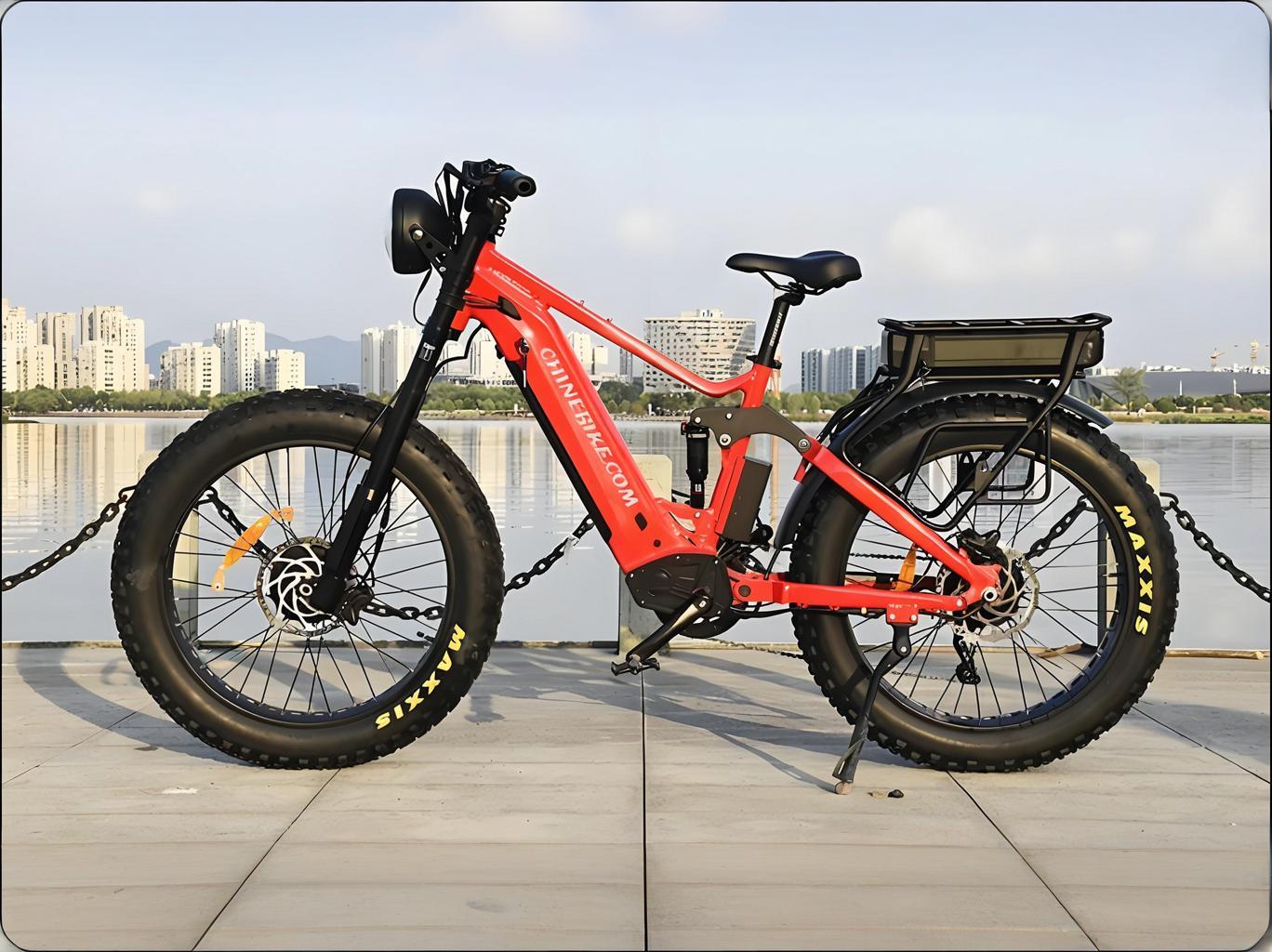Rad Power Bikes is the leading seller, followed by Aventon.

In the North American e-bike market, Rad Power Bikes has historically held a leading position, driven by its direct-to-consumer (DTC) model, affordability, and diverse product lineup (e.g., cargo bikes like the RadRunner and RadWagon). Aventon has emerged as a strong competitor, securing the second spot by blending style, integrated technology (e.g., torque sensors), and a hybrid sales strategy (online + local bike shop partnerships).
Key Factors Behind Their Success:
-
Rad Power Bikes:
-
Product Range: Focus on utility (cargo, commuter, and fat-tire bikes).
-
Price Point: Competitive pricing for mid-tier models.
-
Brand Recognition: Early market entry and loyal customer base.
-
-
Aventon:
-
Aesthetic Appeal: Sleek, modern designs (e.g., Pace and Level series).
-
Hybrid Sales: Partnerships with bike shops for test rides and service.
-
Tech Upgrades: Emphasis on torque sensors for smoother rides.
-
Market Dynamics:
-
Competition: Brands like Lectric eBikes (budget-friendly) and traditional players like Trek or Specialized (premium) are also growing.
-
Challenges: Rad Power faced layoffs in 2022, potentially creating openings for rivals. Aventon’s customer service and innovation may help it close the gap.
-
Trends: Rising demand for commuting/recreational e-bikes and cargo bikes in North America.
Caveats:
-
Market share data varies by source (e.g., regional reports vs. global analyses).
-
The fast-growing, fragmented market means rankings can shift quickly with new entrants or innovations.
In summary, while Rad Power and Aventon currently lead, the market remains fluid, with competition intensifying from both DTC disruptors and established brands.
In the North American e-bike market, Rad Power Bikes and Aventon dominate as top sellers, but the competitive landscape includes several other key players:
Leading Brands:
- Rad Power Bikes
- Strengths: Affordable pricing ($1,000–$2,500 range), diverse models (cargo, commuter, fat-tire), and direct-to-consumer sales.
- Market Position: Holds ~25% market share in the budget e-bike segment.
- Aventon
- Strengths: Sleek designs, integrated LCD displays, and mid-drive motor options.
- Growth: Rapidly expanding via partnerships with local bike shops and social media marketing.
Other Major Competitors:
- Trek & Specialized: Premium brands offering high-performance e-bikes ($3,000–$12,000) with Bosch/Mahle motors.
- Lectric eBikes: Budget-friendly foldable models popular for urban commuting.
- Super73: Youth-focused, motorcycle-inspired e-bikes with strong brand loyalty.
- VanMoof: Known for anti-theft tech and subscription services (now under new ownership after 2023 bankruptcy).
Trends Driving Competition:
- Rising demand for cargo e-bikes (family/urban logistics).
- Increased adoption of mid-drive motors for better hill-climbing.
- Regulatory shifts (e.g., California’s e-bike rebate programs).
Rad Power and Aventon lead due to aggressive pricing and digital-first strategies, but legacy brands and niche innovators continue to shape the market.
Leave a Reply